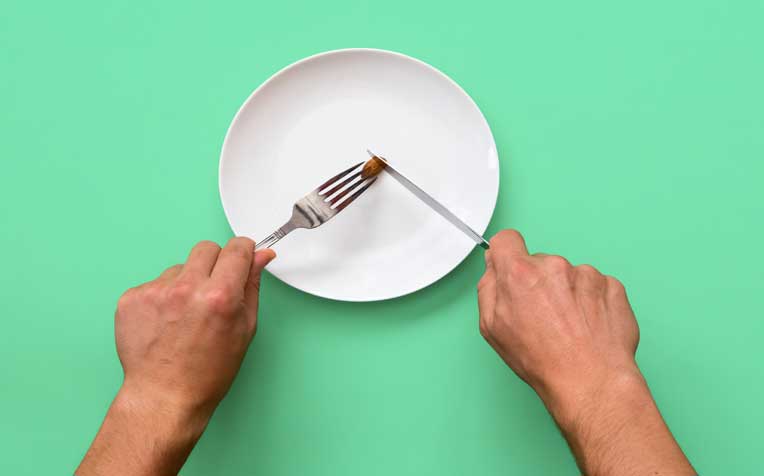
Men with eating disorders often restrict food intake, watch what they eat, and exercise excessively to build muscles.
Any mention of eating disorders typically brings to mind the image of a reed thin teenage girl starving herself. Actually, sufferers can come in all shapes and sizes. You don’t have to be thin to have an eating disorder, neither do you have to be female; it can happen to anyone, at any age.
While it was once thought to be a Western illness affecting young girls of a certain social status, it is now just as prevalent in Asian countries such as Singapore, Hong Kong, Japan and Taiwan. Though the term is primarily associated with the medical condition anorexia nervosa, and to a lesser extent bulimia nervosa, it includes binge eating disorders and eating disorders not otherwise specified (EDNOS) as well.
It was also once thought that males accounted for only 10 per cent of patients suffering from eating disorders. However, a 2007 Harvard study found that this statistic was grossly underestimated; actually, males accounted for 25 per cent of patients of anorexia / bulimia and 40 per cent of those with binge eating disorders.
In Singapore, about 20 per cent of people who seek help for eating disorders are males. In a children’s hospital in Sydney, it was observed that the ratio of male/female was close to equal in the younger population.
Eating disorders in men
Just like their female counterparts, men with eating disorders will restrict their intake of food, watch what they eat like hawks and constantly exercise. Some men may desire to be thin but mostly they want to be lean and muscular, focusing on specific parts of their body such as their arms, shoulders, thighs and abdomen.
Causes of eating disorders in men
Though more research is needed to know the full causes, possible increase in the number of men with eating disorders can be attributed to the following reasons:
- Greater awareness of eating disorders and their symptoms leading to more males seeking help, or parents and family members seeking help on their behalf.
- This illness is now being recognised as not being a female illness alone. With less associated stigma, there is less shame in seeking help.
- Another reason could be that men are no longer spared from the pursuit of an ideal body shape. For instance, male magazine present images of men with ribbed muscles, extremely defined abdomens and lean physiques.
In recent years, a new eating disorder has emerged. It is being termed bigorexia or reverse anorexia or muscle dysmorphia disorder, where the individual (usually male) is obsessed with muscle building and feels that he is never muscular enough.
Some signs and symptoms of an eating disorder
- Sudden or rapid weight loss, frequent weight changes
- Constant dieting, possible binge eating
- Compulsive or excessive exercising
- Fatigue, fainting, weakness
- Preoccupation with weight, shape and appearance
- Extreme unhappiness with body image
- Intense fear of weight gain
- Feeling of loss of control around food
- Change in food preferences, having lists of good/bad foods
- Avoiding social events that involve food
- Withdrawal from social interaction or even isolation
- Highly sensitive about comments about food, body size and shape
If these symptoms sound familiar, it is best to get help early and seek a formal assessment from an eating disorders specialist.
Ref: T12
Contributed by


















 Get it on Google Play
Get it on Google Play